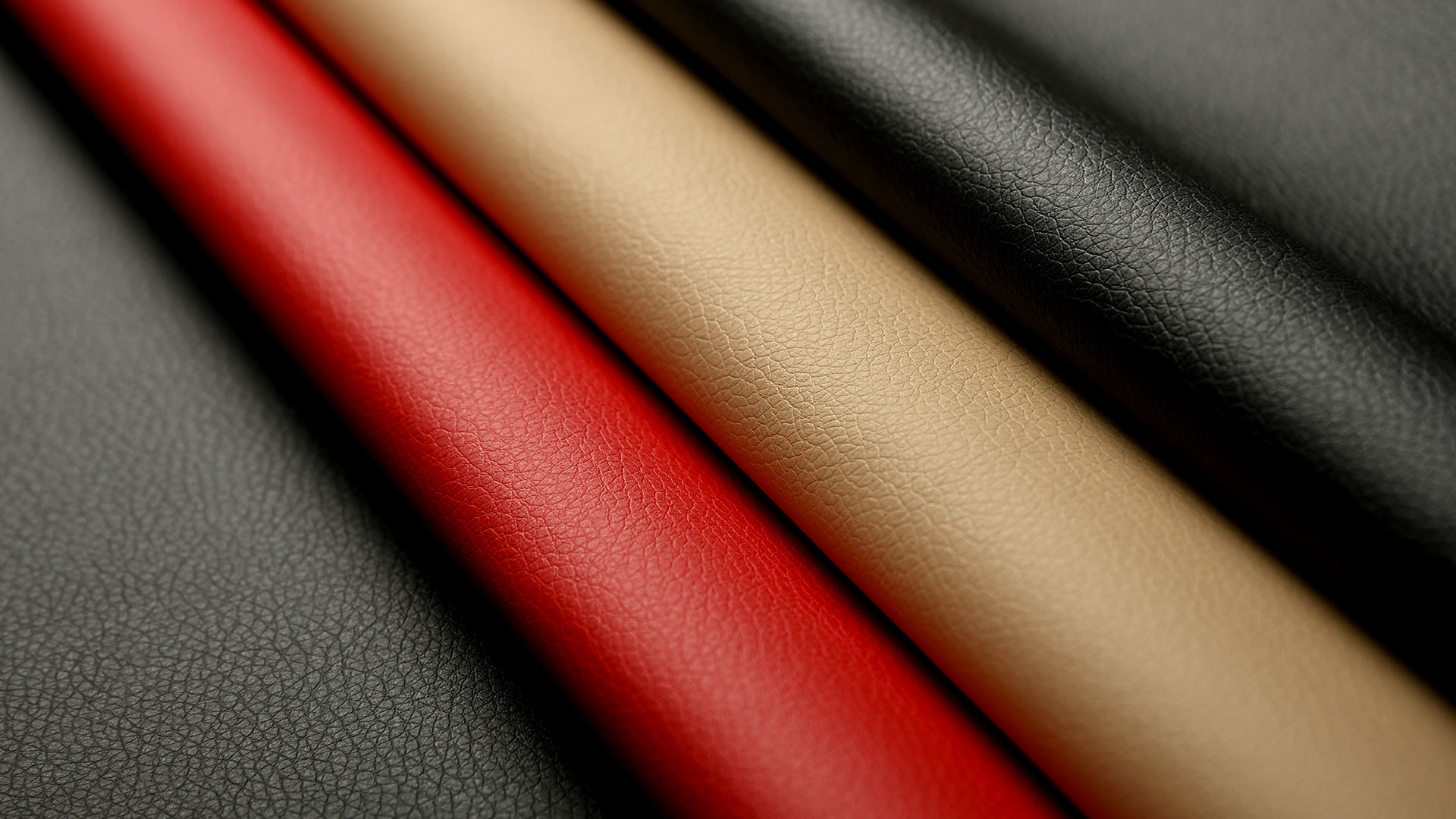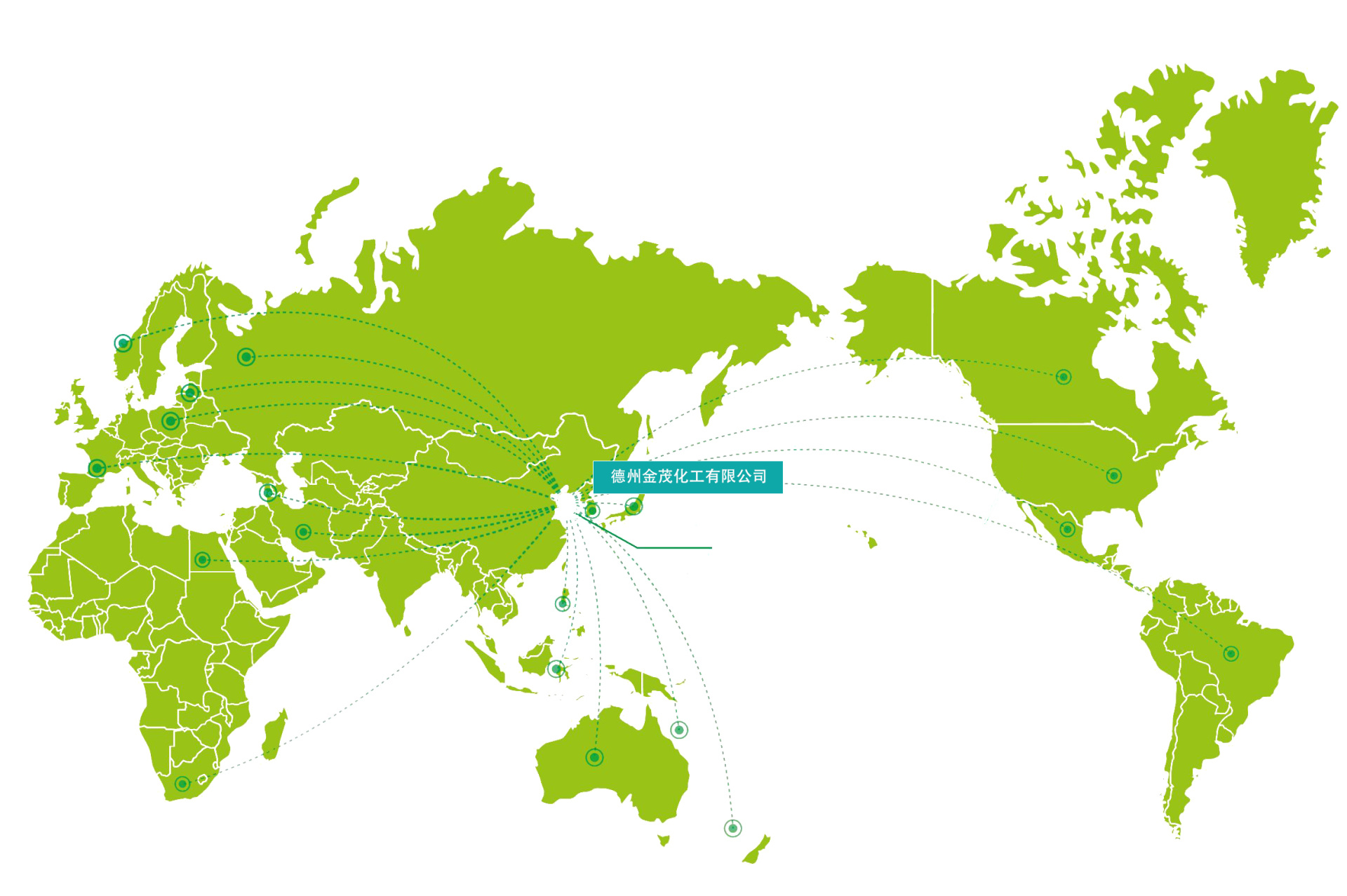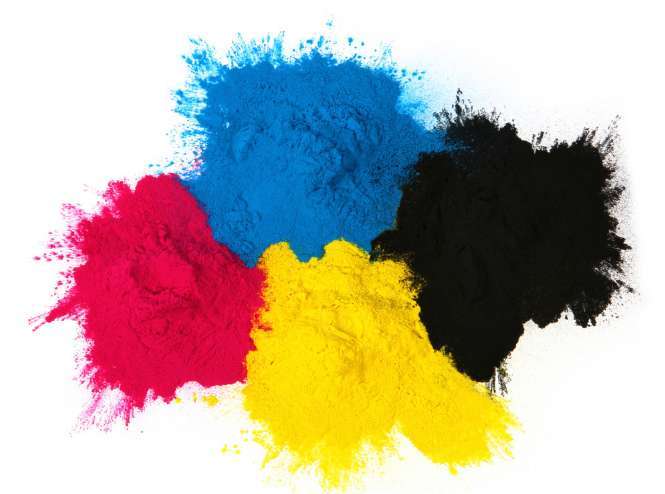What is the difference between textile auxiliaries and textile dyes?
Dyes are organic compounds that can give other substances bright and durable colors. The pigments used today are synthetic, so they are also referred to as synthetic dyes. Dyes and pigments are typically compounds that have their own colors, allowing other substances to obtain bright and durable colors in either molecular or dispersed states.
Color fastness refers to the ability of a dye or pigment to maintain its original color under various external factors during the use or post-processing of dyed fabrics.
Color fastness is one of the important indicators for measuring the quality of dyed products. Dyes that fade easily have low color fastness, while those that do not fade easily have high color fastness. Color fastness largely depends on its chemical structure. Additionally, the physical state of the dye on the fiber, dispersion, the bond between the dye and the fiber, dyeing methods, and process conditions also have significant impacts.
1. Textile Auxiliaries
Textile auxiliaries are essential chemicals in the textile production and processing process. They play an indispensable role in improving the product quality and added value of textiles. They not only provide textiles with various special functions and styles such as flame retardant, anti-static, antibacterial, anti-shrink, waterproof, soft, and wrinkle-resistant, but also improve dyeing and finishing processes, save energy, and reduce costs. Textile auxiliaries are very important for enhancing the overall level of the textile industry and their role in the textile supply chain. Pre-treatment auxiliaries series: pre-treatment, cleaning, anti-dyeing. Management additives series: ternary copolymer silicone oil, amino silicone oil, smooth and bright, soft oil, film, resin, whitening, and enzymes. Dyeing auxiliaries series: dyeing, fixing. Functional finishing agents series: functional finishing agents. Printing series: printing series. About 80% of textile auxiliaries are made from surfactants, and about 20% are functional auxiliaries.
2. Textile Dyes
Textile dyes are dyes used for textile dyeing, most of which are plant extracts, such as plant fruits and tree saps, as well as natural chemical extracts, such as coal tar. Textile dyes are divided into natural dyes and synthetic dyes, with most being synthetic dyes available in the market. Textile dyes have good coloring properties, are not easy to fade, and do not easily lose color after washing. The hand feel of the fabric after dyeing does not change much and does not become hard. However, compared to acrylic, the colors are not as bright and saturated. Their characteristics include bright colors, light resistance, wash resistance, and good abrasion fastness; Acid dyes: Acid dyes are mainly suitable for protein fibers, nylon fibers, and silk. Their characteristics include bright colors, poor wash fastness, and good dry cleaning fastness. They are widely used in natural dyeing; Disperse dyes: Disperse dyes are suitable for fabrics with different wash fastness such as viscose, acrylic, nylon, and polyester, with polyester being better and viscose being poorer.
Latest developments







